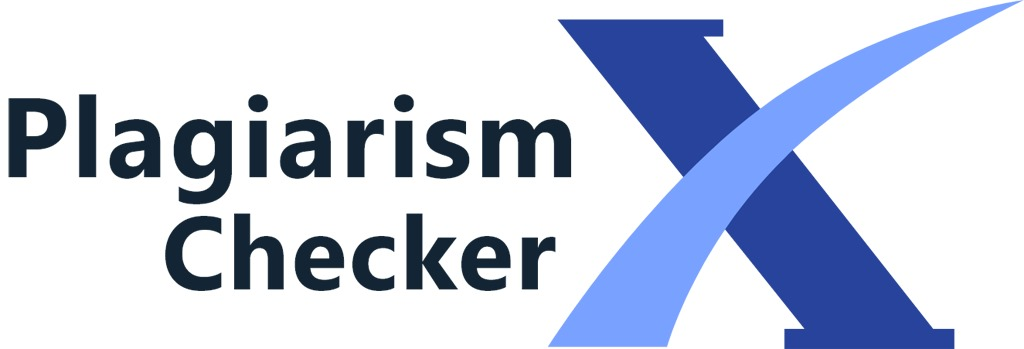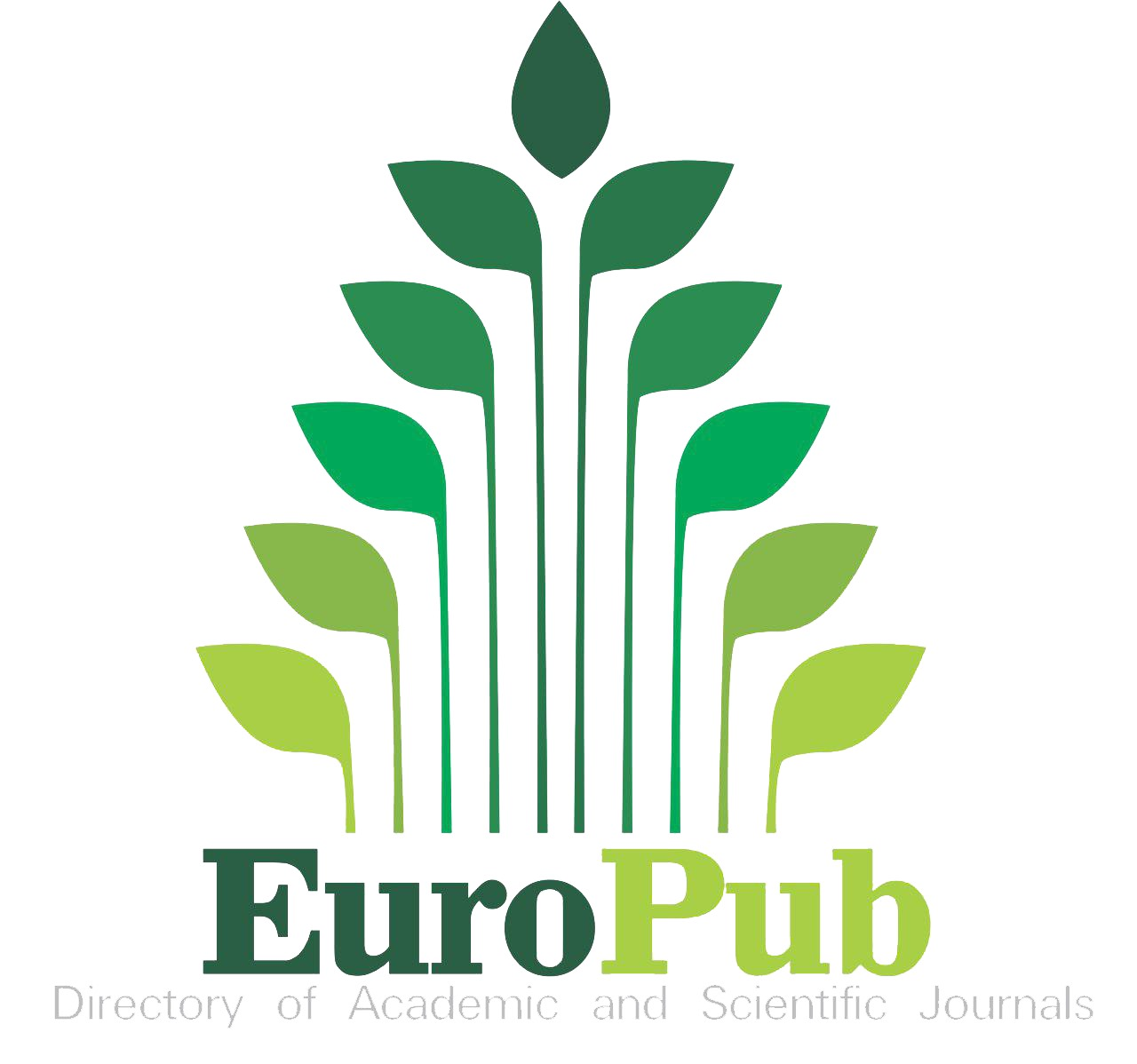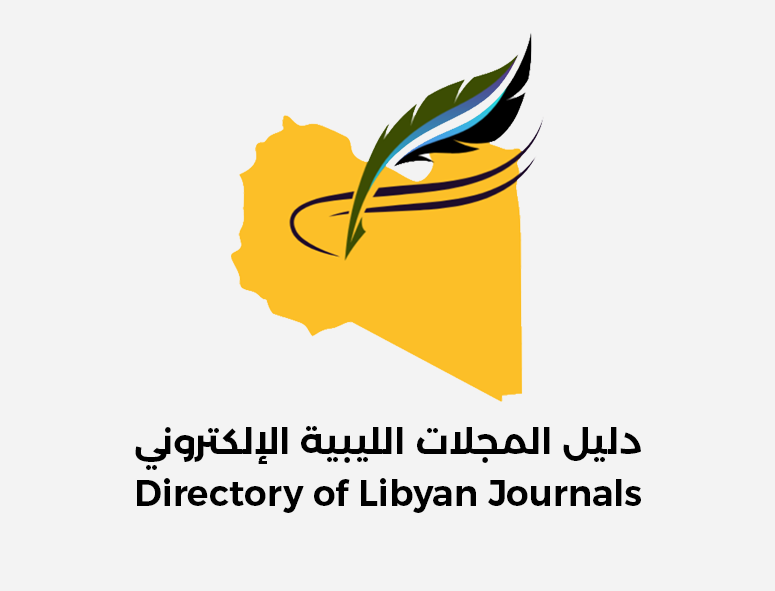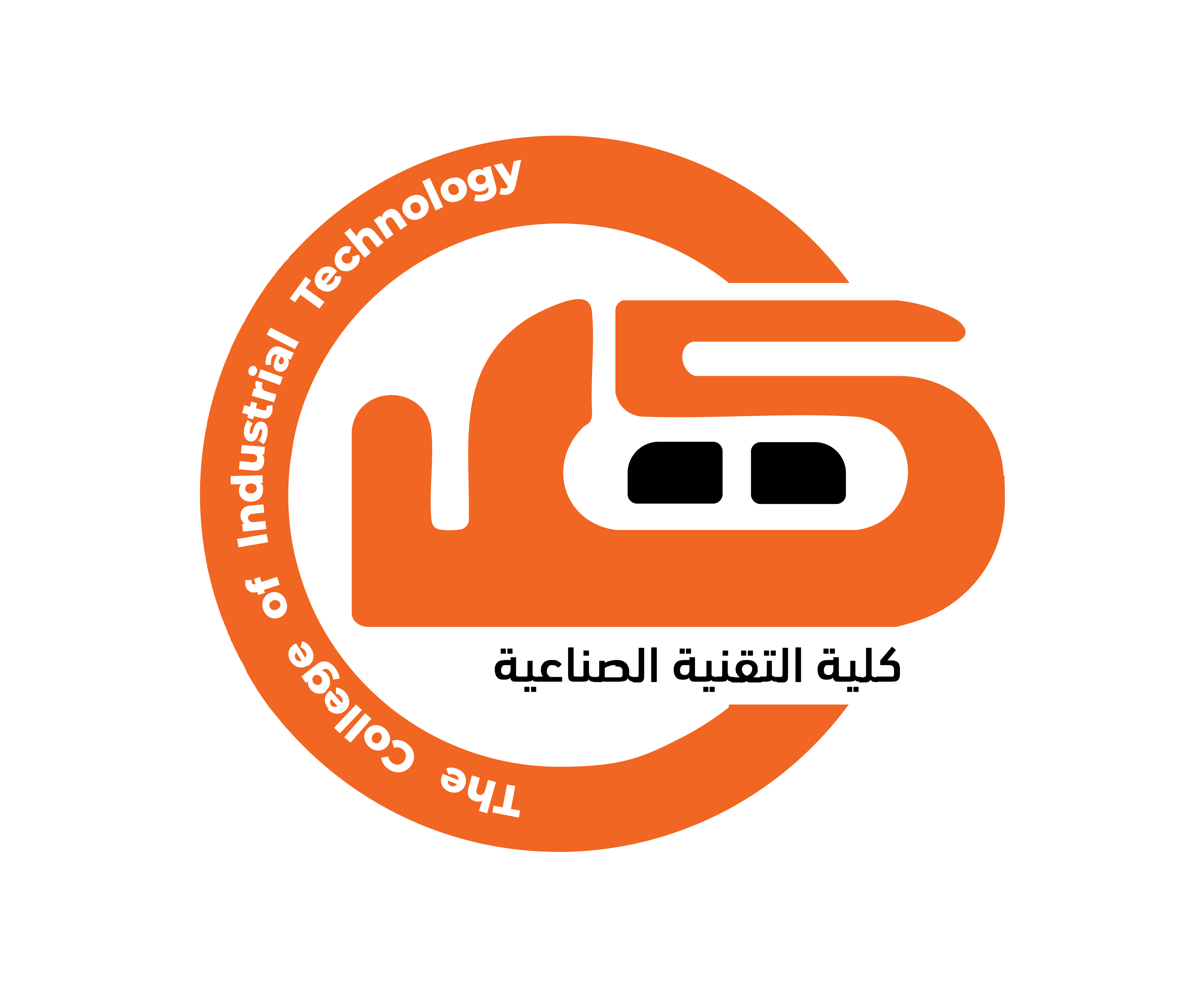A Laboratory Study on the Effect of Process Parameters on the Quality of Low-Carbon Steel Cutting Using Optical Laser Technology.
DOI:
https://doi.org/10.26629/jtr.2024.04Keywords:
Laser Cutting Parameters, Examples, Taguchi Method, Regression Model, MiniTab-18Abstract
The utilization of laser cutting methodologies has witnessed a widespread adoption in the local industrial sector recently, thereby emphasizing the necessity of elucidating this technology and elucidating effective strategies for enhancing and elucidating the outcomes of this procedure. This investigation was undertaken with the aim of enhancing the precision of the cutting process through laser technology by ascertaining the optimal values for key parameters associated with this procedure, specifically the cutting speed, laser power, and beam focal length. Moreover, a mathematical model was developed to depict the correlation between the process parameters and the quality of its results, including the reduction of bottom slag formation, kerf width, and bevel angle. The research relied on the utilization of the MiniTab-18 software to design the experiment and analyze its findings utilizing the Taguchi method, encompassing the response table, independent and interaction parameter effects charts, and analysis of; variance table. Furthermore, the regression model technique was employed to derive the mathematical model capable of forecasting the criteria values based on the presumed parameter levels. Additionally, contour plots were implemented to illustrate the interaction impact of the parameters. The study outcomes underscored that cutting speed exerts the most significant influence on the three process quality criteria (slag formation, inclination angle, and kerf width), followed by focal length concerning slag formation and kerf width. However, beam power demonstrated a greater impact than focal length in relation to the inclination angle. The study concluded by identifying the optimal parameter values for attaining superior quality based on each considered criterion.
Downloads
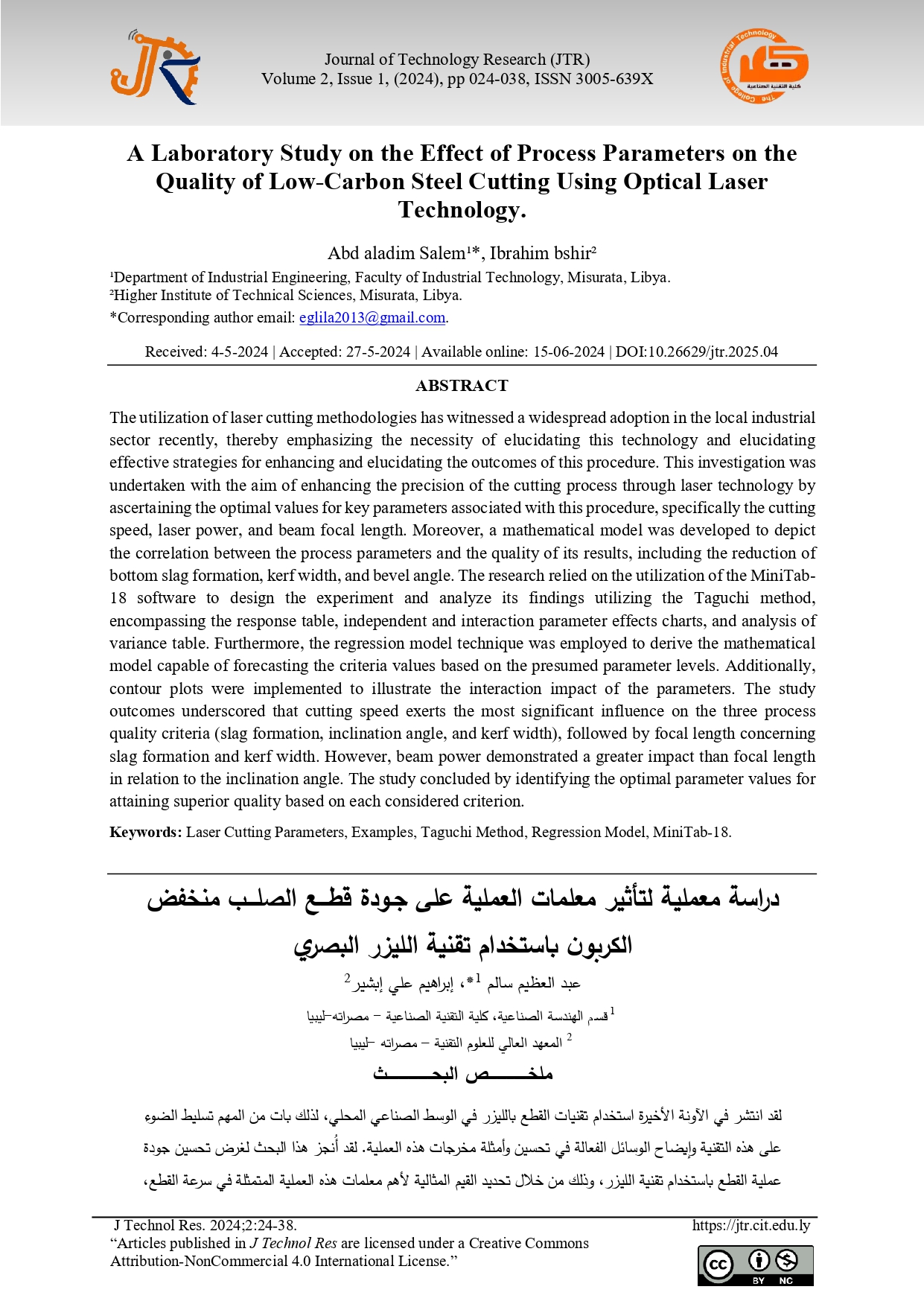
Downloads
Published
Issue
Section
License

This work is licensed under a Creative Commons Attribution-NonCommercial 4.0 International License.




